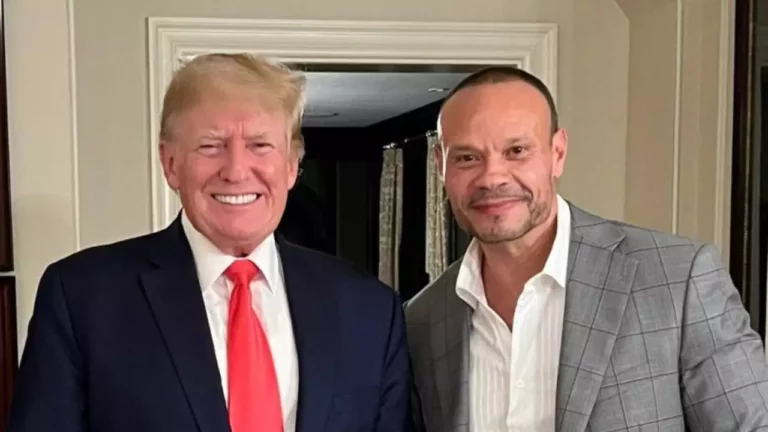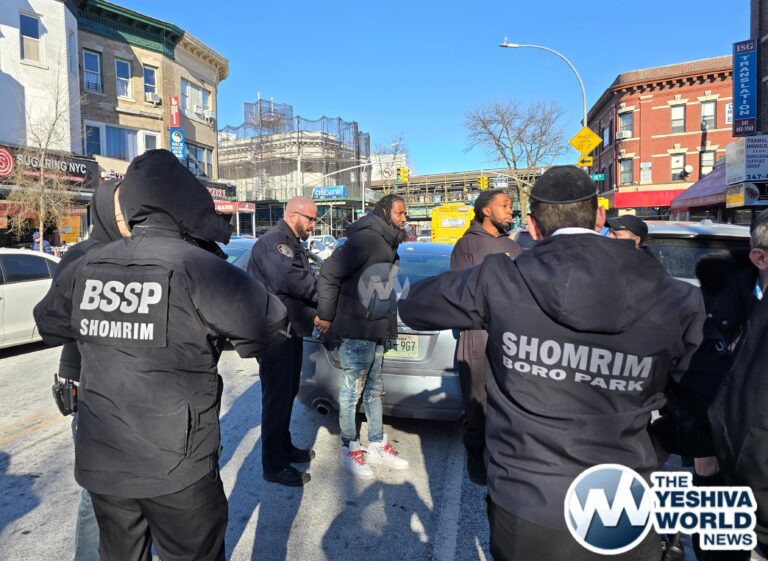 The Kagans (not their real name) traveling through the Midwest encountered what is no doubt becoming a growing dilemma for kosher consumers. Trying to pacify their three young children, they found candy at a rest stop with a kosher symbol they had never seen before. Husband and wife debated whether the symbol “was reliable” and at two in the morning “who would you call anyway?” asks Mrs. Kagan. With a record 1,033 kosher certifications listed in the latest survey by Kashrus Magazine, published by Rabbi Yosef Wikler, it is no wonder that the Kagans were confused. Some industry officials see this dramatic increase of kosher certifications and symbols as further proof of an industry that continues to expand. In the last seven years, says Kashrus Magazine, the number of symbols has more than doubled. In its 2002 Guide, the publication listed 409 symbols and a mere 44 in 1987 when the number of kosher certified products was believed to number about 16,000. Today, more than 125,000 products sold in the US have some form of kosher symbol.
The Kagans (not their real name) traveling through the Midwest encountered what is no doubt becoming a growing dilemma for kosher consumers. Trying to pacify their three young children, they found candy at a rest stop with a kosher symbol they had never seen before. Husband and wife debated whether the symbol “was reliable” and at two in the morning “who would you call anyway?” asks Mrs. Kagan. With a record 1,033 kosher certifications listed in the latest survey by Kashrus Magazine, published by Rabbi Yosef Wikler, it is no wonder that the Kagans were confused. Some industry officials see this dramatic increase of kosher certifications and symbols as further proof of an industry that continues to expand. In the last seven years, says Kashrus Magazine, the number of symbols has more than doubled. In its 2002 Guide, the publication listed 409 symbols and a mere 44 in 1987 when the number of kosher certified products was believed to number about 16,000. Today, more than 125,000 products sold in the US have some form of kosher symbol.
Rabbi Wikler and other kosher certification sources say that the dramatic increase of kosher symbols may be confusing but it is also “putting the cringe on the generic k” which is even more misleading. Kashrus Magazine itself advises consumers to consult with a rabbi or agency that “you trust” to inquire about the reliability of a given hechsher. Much of the growth in the kosher symbols is by the growing number of Vaadim (committees) that certify local and regional products and companies. Most large retailers accept products with the recognized symbols of the 5 or 6 major certification agencies but that is not necessarily the case for products that are sold in a given region. For example, California grocers routinely carry products that are certified by some of the state-based agencies. Manufacturers of products that feature certifications from abroad, including Israel, will frequently find resistance by retailers despite having a reliable hechsher. Many large kosher certification agencies say that their switchboards are often inundated with questions about the reliability of the smaller symbols that are found on products with increased frequency.
(Source: Kosher Today)











9 Responses
However the vast majority are strictly local. The company decided to avoid the cost of an internationally known hecksher in favor of a local one, which is probably reasonable given the limited demand for kosher products in the small area they market their product.
If you sell your goods only in the “Outer Boondock” area, which probably has a small kosher community, a hecksher from the “Outer Boondock” shul is affordable, whereas a national hecksher isn’t.
If you are travelling to someplace, ask in advance about the local hecksherim. That’s what people have always done. Why is this a problem? If you are too shy to ask about a hecksher, stay at home.
Even more confusing are all of the (major) kosher symbols that say ‘D’ or dairy and there is no dairy in the product. A major certifying agency told me I had to call with each item to ascertain if dairy was in the product (usually in flavorings) or if it was just dairy equipment.That should be resolved on the packaging not with excessive phone calls. We have both allergy and kashrut concerns.
I’d like to see a ‘pocket sized’ booklet showing all symbols with explanations.
The Kashrus Magazine publishes a special issue every year listing all the symbols with explanations (name, address, phone, description of agency, etc.)
If you don’t know the certification’s reliability, you don’t use the food product.
#2: It should be no kashrut concern. As far as allergy, you should be able to make that determination the same way a non-Kohser consumer would.
http://www.kosherquest.org/symbols.php
2, you will need to keep calling as no company in their right mind would want to write out b’rochel bitcha k’tana what the D is. Besides if you are dealing with an allergy you have to be super careful so you should treat it as TRAIF!
As for all the symbols, its not that difficult (sometimes KosherToday makes things more difficult than necessary!) as most of the agencies are local in a city of region. If you are traveling someplace, its good to know in advance which hechsherim you will see there and if they are reliable. If you are unsure…. DONT EAT IT!
The only problem I’ve had is figuring out the name of a particular symbol. Many of kosher symbols do not carry the name of the Rav or the agency and, for some at least, the artwork is poor so even describing the symbol is a challenge.
Nevertheless, (1)I’ve traveled across the US and have had very few problems finding kosher products or locating the local Rabbi for assistance (especially via the ChaBaD shluchim who do such a great job) and (2) yashar koach to all of those who don’t live in the big cities and are spreading yiddishkeit and strengthening their communities
If you’re traveling through someplace, as opposed to it being your final destination, this is totally confusing. I know I’ve been stopped many times on the local shopping strip near my home by travelers inquiring about the local Vaad (who B”H are universally accepted). We drove to FL once, and believe me, after you pass the Metro DC vicinity of VA, it’s potluck.
And now with conservatives inventing their own hechshers, this only adds to the confusion. Can’t speak for anyone else here, but I sure wouldn’t want to trust them!
Even in NYC, there are restaurants that are not Shomer Shabbos that are under the hechsher of an alledgedly Orthodox Rabbi. But no one who is frum would rely on that hechsher, because we know. But if I didn’t know more, and I was visiting in the area, I might presume that this letter on the window is a good.